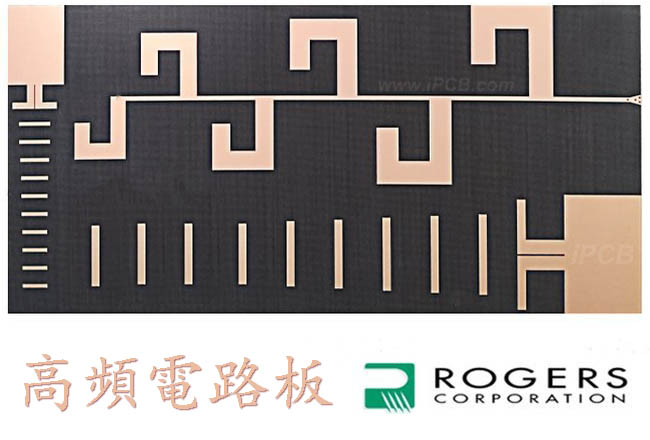During the power module design phase, engineers select components,materials, and manufacturing techniques to meet the performance, reliability, and cost requirements set by the customer. When safety, reliability and performance are critical,over-design may be necessary. However, with each new generation of modules,the price/performance ratio (or watts per dollar) goes up a notch. As a result, engineers must use module analogues to operate safely within limits. In particular, the thermal conductivity of the ceramic sheet material and its temperature stability are important parameters that must be considered for a robust and cost-effective design. In this article, Rogers explains how thermal conductivity is measured and how accurate it is.
Thermal conductivity embodies the transfer of energy in the form of heat through a body as a result of a temperature gradient, and is an inherent part of the thermal conductivity of a homogeneous material. It is not related to the size, shape or orientation of the material. It can be calculated by the following equation:

where:
λ (T): thermal conductivity [W/m*K]
ρ (T): density [g/cm3].
cp (T): specific heat capacity [J/g*K]
a (T): thermal transmittance [mm2/s].
Density describes the relationship between mass and volume of a material. Specific heat capacity is the amount of heat required to increase the temperature of a gram of material by one degree.Thermal transmittance is the rate at which a material responds to changes in temperature.
Thermal transmittance is usually measured using the laser flash method (LFA).This involves heating a sample with a short energy pulse at one end and analysing the temperature change at the other.This requires the use of a micrometer to accurately measure the thickness of the sample.The probe should be sharp enough to exclude any errors caused by sample bending.Also,thin samples should be coated with graphite to ensure good coupling to the laser source. In addition, a dense and very homogeneous graphite layer should be used to avoid measurement errors.In this regard, manual graphite spraying is prone to errors and an automatic spraying system should be preferred.Finally,the measurement results also depend on the pulse width of the laser.Finally,the measurement uncertainty of the heat spreading rate is usually within 3%.
The specific heat capacity of a material is usually determined by measuring the heat capacity of a sample of the material and dividing it by the mass of the sample.Differential Scanning Calorimetry (DSC) is the most common thermal analysis method used to estimate the heat capacity of a material.DSC measurements require the sample to be sealed in a sample tray to avoid direct contact with the furnace and/or sensors.Special attention should be paid to the selection and handling of the sample tray as this can have a significant impact on the reproducibility of the measurement results.The uncertainty of this measurement is usually in the range of 5%.
Density is a function of temperature ρ (T) determined from the coefficient of thermal expansion (CTE) measurements and the density ρ 0 (RT) at room temperature.Density at room temperature can be determined by the buoyancy method, in which a sample is weighed twice in two different media (usually air and liquid).Using the known densities of the air and the applied liquid, the density of the sample can be calculated.Density determination of thin ceramics may sound easy, but it requires special care in implementation.The coefficient of thermal expansion α (T) is determined by thermomechanical analysis (TMA).Stack the thin ceramics to the desired sample thickness of 3 mm. This will result in uneven samples and deformation problems due to temperature effects.Finally, α (T) is determined only in the z-direction.Again,the uncertainty of this measurement is usually within 5 per cent.

Rogers Circuit Board
Finally, the thermal conductivity is calculated from the measurement results and the uncertainty of the three variables.This uncertainty is much higher and usually ranges up to 20 per cent. However, Rogers has measured and calculated the thermal conductivity of ceramic materials and various suppliers for many years. Thermal conductivity is temperature dependent and decreases with increasing temperature. These values are particularly useful for determining the thermal efficiency of a given power module and are available on request.
The determination of thermal conductivity is a challenging task. It requires knowledge of the sample, including its geometry, size, and preparation method, as well as an understanding of the basic principles and procedures of the test technique. Finally, attention needs to be paid to potential sources of error that may affect the results.